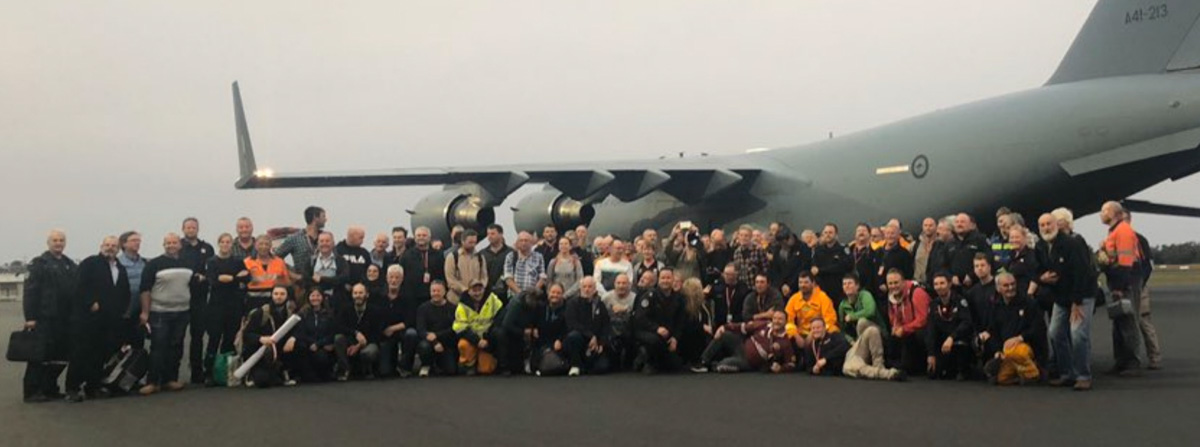
Almost two dozen former leaders of emergency services organizations in Australia are recommending that the country’s aerial firefighting fleet needs to be increased.
In a series of three articles on the Australian Broadcasting Corporation‘s website, a group of 23 former fire and emergency services leaders and other former fire chiefs say they are concerned that with longer fire seasons now being experienced the current fleet is not adequate for keeping up with the increasing bushfire activity.
The acquisition and contracting of large air tankers in Australia is coordinated by the National Aerial Firefighting Centre (NAFC). They recently purchased one Boeing 737, but like the federal government in the United States, the country depends on contractors to supply additional large air tankers. NAFC also contracts for dozens of smaller Single Engine Air Tankers. For the 2018-2019 fire season they leased 51 SEATs.
NAFC had planned on having five large air tankers available during their 2019/2020 bushfire season (including the government-owned 737), but added two more in November after large devastating fires began burning in New South Wales. One of the two was a Very Large Air Tanker, a DC-10 that can carry two to three times more water or retardant than the other tankers.
Below are excerpts from the articles at ABC:
[Greg] Mullins [former head of Fire and Rescue in New South Wales] is one of 23 former senior emergency figures trying to get the Australian Government to listen to their concerns about climate change and the missing capacity to fight fires in a new era.
“It’s up to the retired fire chiefs who are unconstrained to tell it like it is and say this is really dangerous,” he said.
However, his written requests for a meeting with Prime Minister Scott Morrison have failed.
“We were fobbed off to Minister [Angus] Taylor who is not the right minister to speak to,” Mr Mullins said.
“We wanted to speak to the Natural Disasters Minister and the PM. We asked for help with that, we never got a reply.
“You had 23 experts willing to sit down with a PM and come up with solutions, but he’s just fobbed us off.
[Former NSW Deputy Fire and Rescue commissioner Ken] Thompson said heading into catastrophic fire conditions small aircraft simply could not cover the same amount of ground.
“At the moment, the smaller aircraft can only carry around 1,500 to 2,000 litres. These [larger] aircraft can carry up around 15,000 litres,” he said.
“Which is the type of capacity you need to be able to knock down some of those incredibly large fires that we’re seeing now, that we didn’t see 10 or 15 years ago.”
General manager of NAFC, Richard Alder, said while large water bombers were useful they were not a silver bullet.
“I think if you asked any firefighter, any aerial firefighter, we would probably always like to have more,” he said.
“But certainly the fleet that we’ve got available to us is quite comprehensive and does provide very valuable support to the firefighters on the ground.”
Mr Alder agreed that southern and northern hemisphere fire seasons overlapping was a concern.
“It’s causing a few nervous moments. So far we’ve been able to manage that,” he said.

They always have the answers after the fact.
Ask the same group for that funding when the country is not burning and the response is exactly the opposite. Being prepared is like buying insurance, you hope you never have to use it, but when you do
it is good to know that you had it in place.